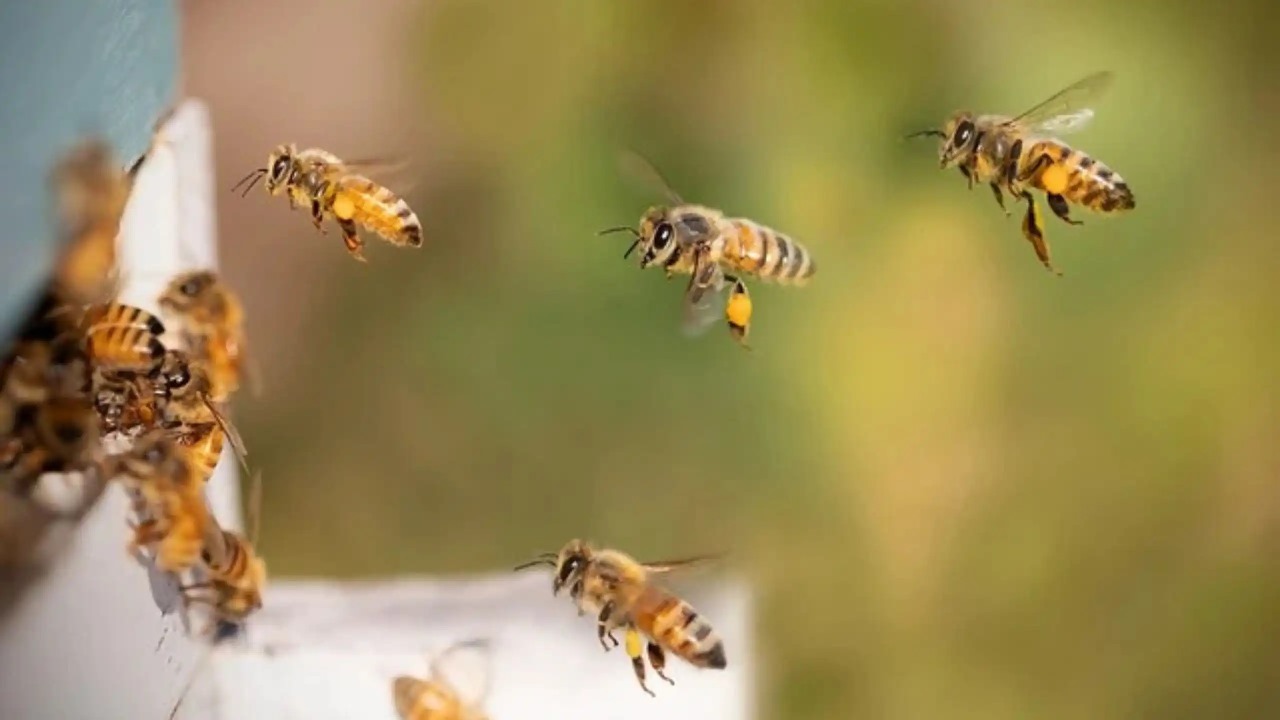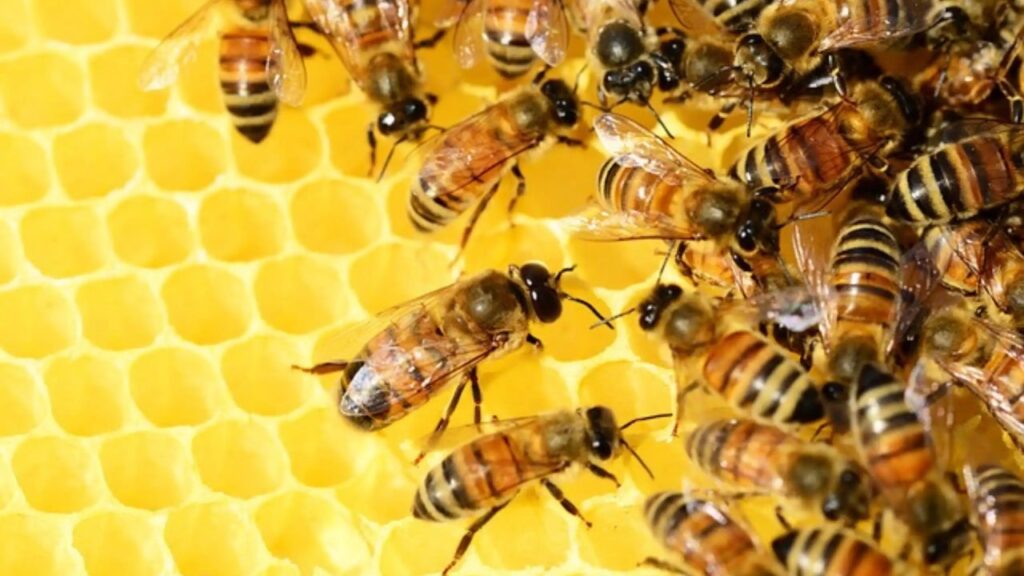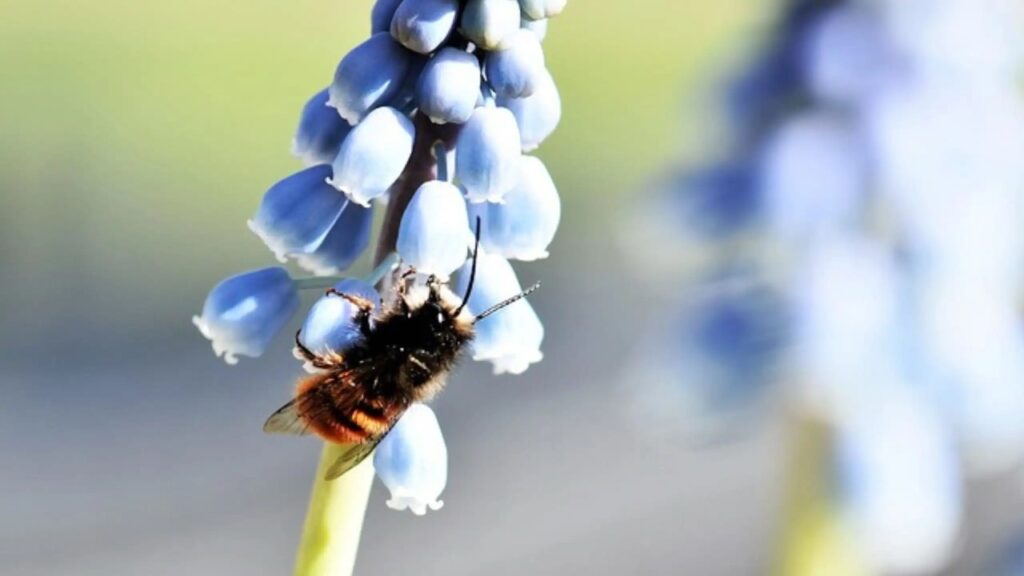Mason bees are some of the most green and underappreciated pollinators in our natural environment. Unlike the famous honeybee, mason bees are solitary, that means each lady builds. The cares for her personal nest as oppose to operating in a hive.
Despite their small and independent nature, masson bees are immensely powerful pollinators and play a essential role in preserving the fitness of gardens, orchards, and different flowering landscapes. This article explores the precise traits, life cycle, habitat necessities, and environmental effect of mason bees, in addition to how to entice and care for these valuable bugs to your lawn. Ranks Focus
What Are Mason Bees?
Mason bees belong to the genus Osmia and are often recognized by way of their metal blue or inexperienced colour, which units them other than different not unusual . Named for his or her “masonry” skills, mason use mud to create booths within their nesting cavities, where they lay eggs and offer pollen for their offspring. Unlike honeybees, which shop honey for their colony, mason attention totally on gathering pollen for his or her young, which makes them exceptionally efficient pollinators.
Why Are Mason Bees Important?
Bees Important?
Superior Pollination Abilities: Mason bees are expected to be one hundred instances greater green than honeybees in pollination. They exercise buzz pollination, a method wherein they shake flora to release pollen, which is mainly effective for fruit-bearing flowers like apples, cherries, and blueberries.
Early Season Activity: Mason bees emerge early within the spring, frequently while other pollinators are still dormant. This early begin makes them invaluable for pollinating spring-blooming plants, consisting of many fruit trees and early flowering plant life. Blog
Non-Aggressive Nature: Since mason bees are solitary and do now not guard a communal hive, they may be usually non-aggressive. This makes them best pollinators for residential and community gardens, as they pose minimum hazard to people.
Understanding the mason bee existence cycle facilitates in appreciating their function in pollination and gives insight into how to help their habitat wishes.
Spring Emergence and Mating
In early spring, while temperatures reach about 55°F (thirteen°C), grownup mason bees emerge from their cocoons. Males commonly emerge first and wait close to nesting sites for females. After mating, men have a brief lifespan and die quickly after, while females begin searching for appropriate nesting sites.Business Services
Nesting and Egg-Laying
Once a woman finds a hollow space, she gathers pollen and nectar, forming a small ball of meals. She then lays an egg in this pollen ball and seals the cell with dust. The woman repeats this process, developing a chain of compartments within the nest, each containing a pollen ball and a single egg. The eggs laid first, at the back of the hollow space, turn into ladies, whilst the previous couple of eggs, closest to the entrance, emerge as men.
Larval Development and Cocoon Formation
The eggs hatch within a few days, and the larvae feed on the pollen provisions. After eating the pollen, the larvae spin cocoons, in which they pupate and spend the rest of the summer and fall in the cocoon degree.
Winter Dormancy and Spring Emergence
Mason bees overwinter in their cocoons and emerge the following spring, completing their existence cycle. This cycle of early emergence, energetic pollination, and dormancy ensures that mason are equipped to pollinate on the start of every growing season. Business Services
To inspire mason bees on your garden, it’s crucial to offer appropriate nesting web sites, get admission to to mud, and numerous flowering vegetation.
Nesting Sites
Mason bees opt for small, tubular cavities as nesting web sites. You can create those areas by using bamboo tubes, drilled timber blocks, or industrial bee homes designed in particular for mason . Place the nesting blocks in a sheltered location, preferably going through east to trap the morning sun.
Access to Mud
Mason bees use dust to build partitions of their nesting cavities. Providing a small, regular source of damp soil close by can assist make certain they’ve the substances wanted to finish their nests. Make certain the mud source remains wet throughout the nesting season. General
Flowering Plants for Pollen and Nectar
To support mason , plant a numerous selection of flowering vegetation that bloom early within the spring. Fruit bushes, berry trees, and native wildflowers are top notch options. A diverse floral habitat not handiest sustains mason bees however additionally attracts other beneficial pollinators for your garden.
Mason bees are more and more used in agricultural pollination, specially in orchards. Since they’re such green pollinators, a smaller quantity of mason can update or supplement large populations of honeybees. Their capacity to work in cooler temperatures and their non-competitive nature make them suitable for orchards where early bloomers need pollination. News
Many farmers and orchard owners have adopted mason bee pollination as a strategy to growth crop yields. By organising and managing mason bee populations, they can beautify the best and amount of fruit harvests with out depending entirely on honeybees, which are susceptible to diseases and weather-associated demanding situations. Health & Fitness



